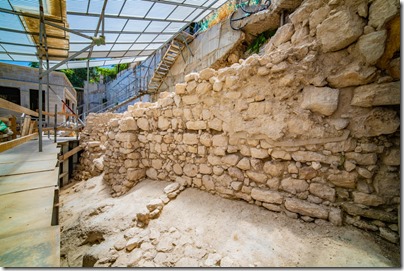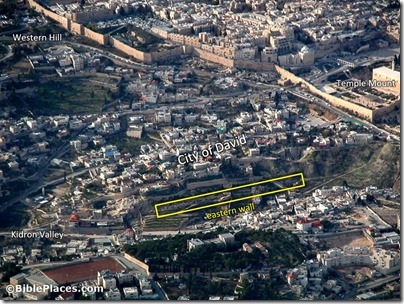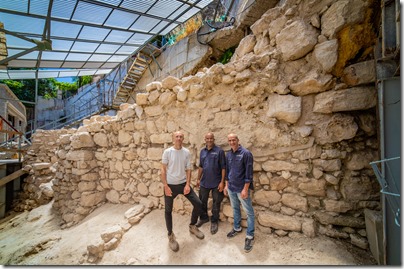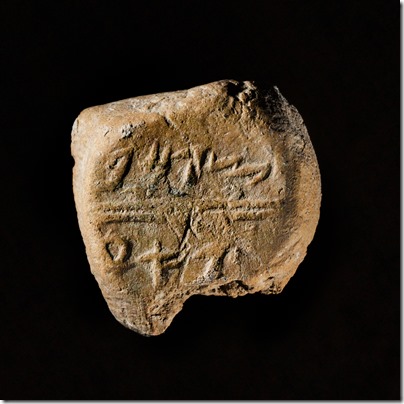Archaeologists working at a construction site in a Tel Aviv suburb discovered a mosaic-floored winepress, a chandelier chain, and a hand-signed Byzantine gold coin.
The “Shema, servant of Jeroboam” seal impression announced last year is a fake. Yuval Goren claimed the seal was authentic after “years of strict laboratory testing,” but the object is in fact a common tourist replica.
A new study reveals that olive oil production in Philistia and the Judean Shephelah began earlier than thought and was significant in Judah after Sennacherib’s invasion. The journal article is available for purchase here.
“A large Roman-era sarcophagus dating to the 2nd or 3rd century CE excavated illegally at an unknown location in Israel has been returned to the Israel Antiquities Authority.”
In the OnScript Biblical World podcast, Chris McKinny and Kyle Keimer discuss the excavations of Tel Burna, including destructions by Shishak, Sennacherib, and Nebuchadnezzar.
Leen Ritmeyer’s latest post surveys Jerusalem and the Temple Mount in the Hellenistic period.
A lecture that Nancy Lapp gave in 2019 at Pittsburgh Theological Seminary is online. Entitled “Adventures and Discoveries from Half a Century of Life as an Archaeologist,” Nancy focuses mostly on her explorations with her husband Paul in the 1950s and 1960s, including driving from England to Shechem and on to India.
New release: Tel Reḥov, A Bronze and Iron Age City in the Beth-Shean Valley, Volume IV, Pottery Studies, Inscriptions and Figurative Art, by Amihai Mazar and Nava Panitz-Cohen (Qedem 62) (The Institute of Archaeology, the Hebrew University of Jerusalem, 2020). To order, contact the IES.
Now available: The Road Taken: An Archaeologist’s Journey to the Land of the Bible, by Seymour (Sy) Gitin. Save 30% with code NR21.
Navot Rom has a unique job, working the night shift as an archaeological inspector in the Old City of Jerusalem.
The Tell es-Safi team was doing more than digging this year, answering the “Jerusalema Challenge” with an impressive video showing off the team’s dancing skills.
HT: Agade, Arne Halbakken, G. M. Grena, Ted Weis, Explorator, Charles Savelle



